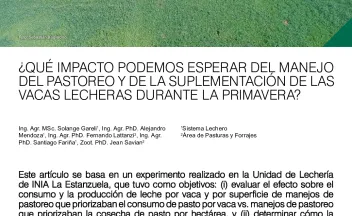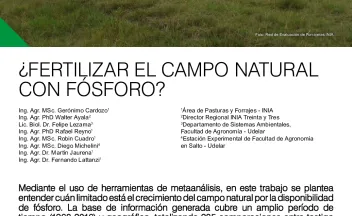Does GnRH treatment at TAI regardless of estrus occurrence increase pregnancy rate in crossbred Bos taurus suckled cows?

ABSTRACT.- The impact of GnRH treatment on the day of TAI in beef cows has received limited investigation, especially concerning its association with estrus expression. Consequently, two experiments were conducted to assess the potential of GnRH treatment on the day of TAI to enhance fertility according to the expression or not of estrus in beef cows. Experiment 1 aimed to determine ovulation rate and luteal function, while Experiment 2 aimed to determine the effect of the two GnRH treatment approaches on pregnancy rate. © The Author(s).




